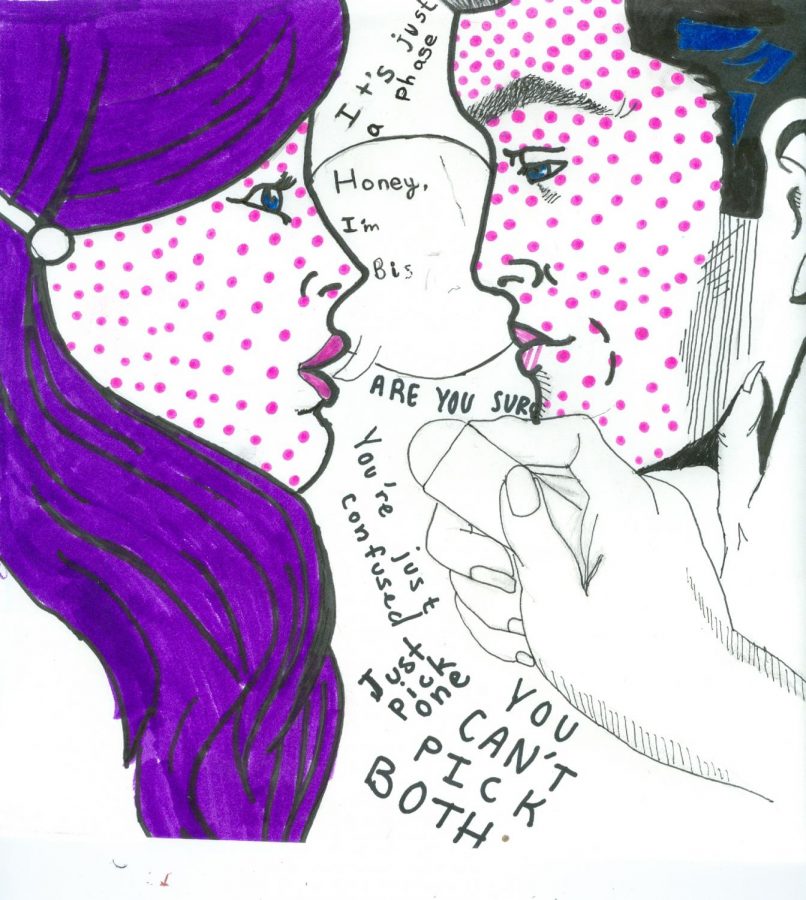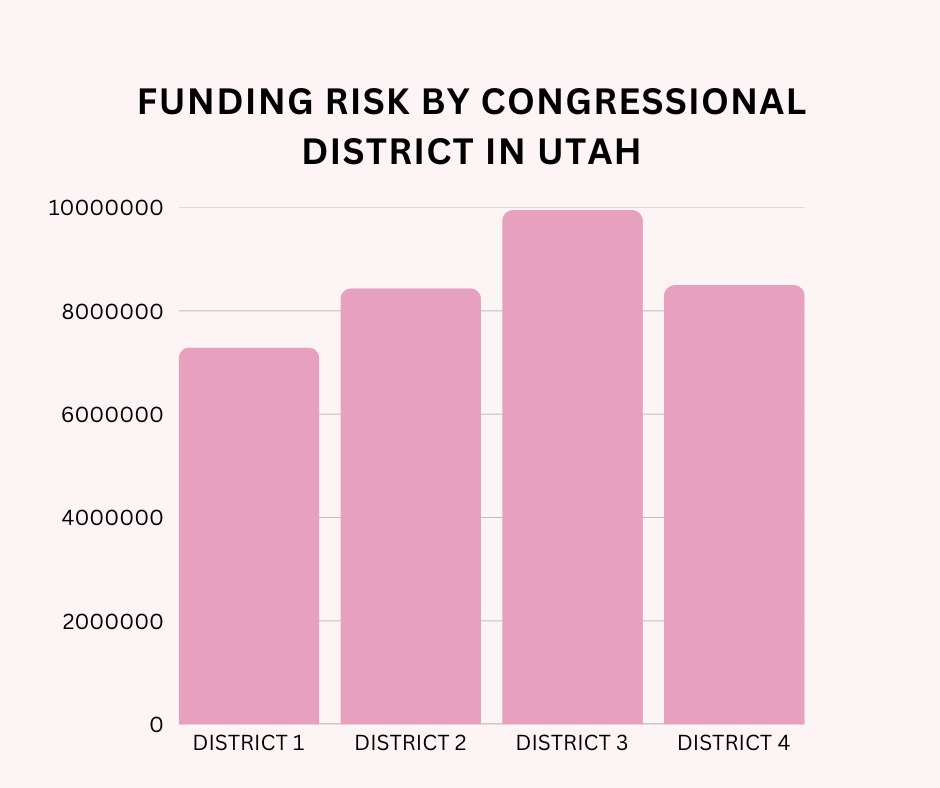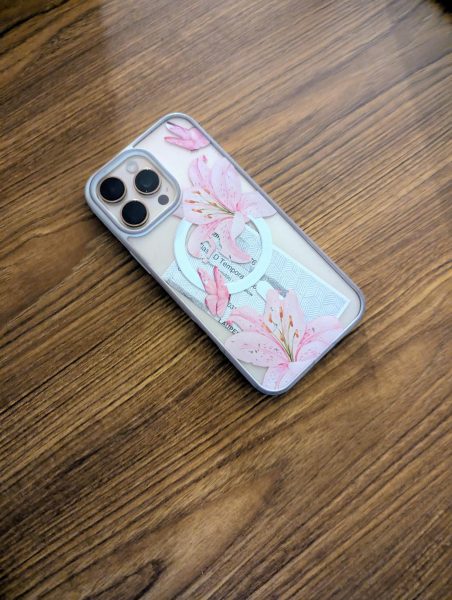Bisexuality portrayed on televison
November 27, 2017
Bisexual people are often betrayed misrepresented in television and the media in a phenomenon known as bi erasure. According to glaad.org, bi erasure “is a pervasive problem in which the existence or legitimacy of bisexuality (either in general or in regard to an individual) is questioned or denied outright.”
Bisexual men are often assumed to be either gay or pretending, with a character on the show Glee explaining male bisexuality like this: “Bisexual’s a term that gay guys in high school use when they wanna hold hands with girls and feel like a normal person for a change,” thus continuing the idea that bisexual individuals just need to make up their minds and decide if they’re gay or straight.
Another facet of the problem at hand is the reluctance of television shows to use the word ‘bisexual.’ For example, Piper from Orange is the New Black is referred to as a “former lesbian” in lieu of calling her bisexual. Oberyn Martell from Game of Thrones is attracted to both men and women, but rather than call him a bisexual, the show and the actor who portrays his character, Pedro Pascal, skirt any mention of a particular sexuality for the character, instead explaining that Oberyn “does not discriminate in his pleasures.”
A prominent and recent example of bi erasure is Disney’s decision to remove Li Shang from the live-action Mulan remake. Shang as he appeared in the 1998 animated film became a bi icon after he seemed to be attracted to Ping (Mulan’s male disguise) and Mulan. To many member of the LGBTQ+ community, Disney’s decision to replace Li Shang with a different love interest reeks of bi erasure.
Including bi characters could have a huge affect on bisexual people,allowing them to become more comfortable with their identities and their labels. Greater visibility could lead to greater acceptance of bisexuality as a legitimate sexual identity. Well-represented bisexual characters who refer to themselves and are referred to as bisexual are absolutely necessary.




